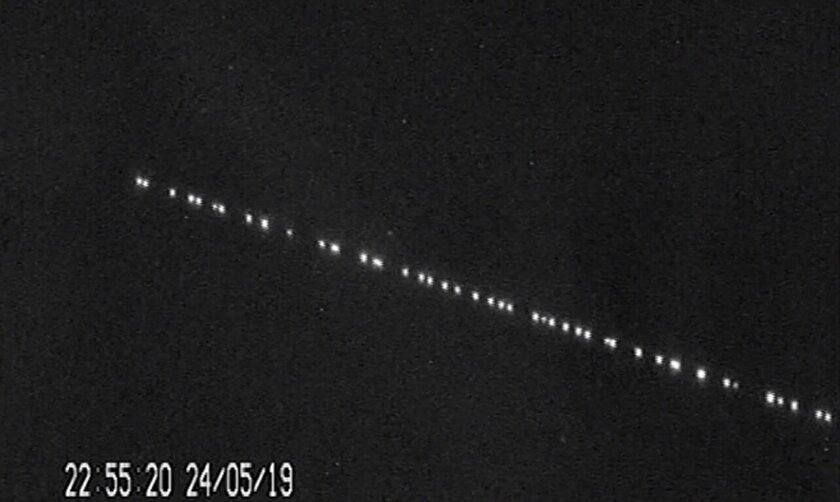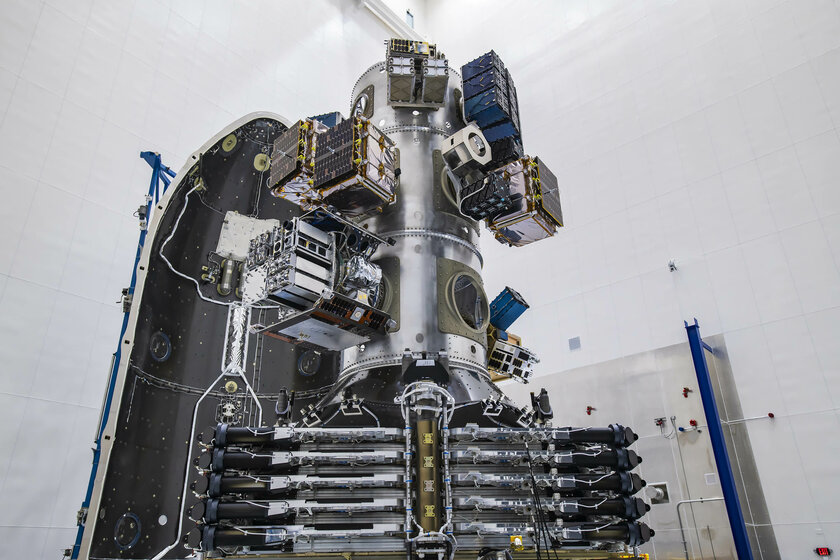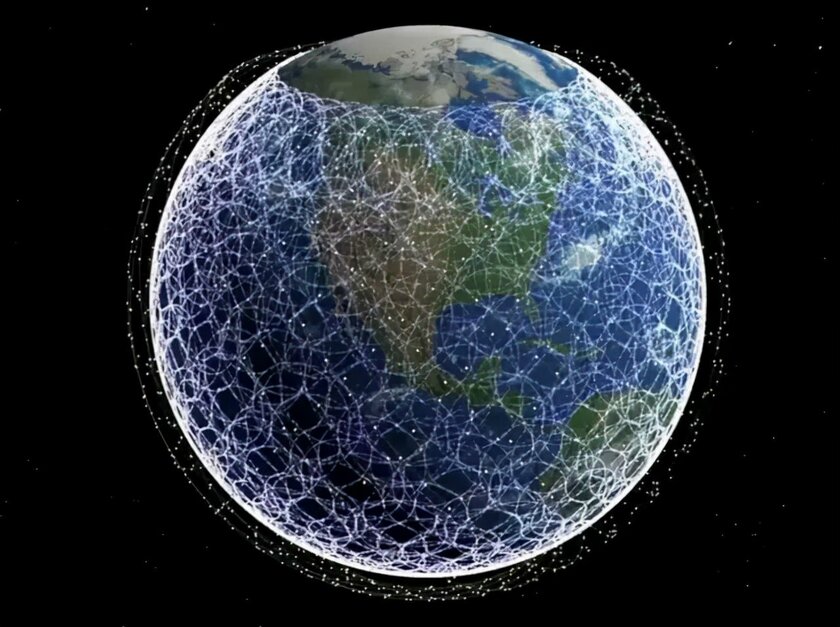Almost every month, Elon Musk’s SpaceX launches dozens of its Starlink satellites into Earth orbit. They are designed to provide access to the Internet in places where this access is difficult or simply impossible. However, astronomers are worried about the billionaire’s new project, despite his good intentions. In this article, we will find out what worries scientists so much and how you can try to fix the problem.
What is Starlink today
It is amazing how the project, which first launched two of its prototype satellites on February 22, 2018, already today boasts fifty-five successful missions that have put more than two and a half thousand of their satellites into Earth orbit. Already now they are forming a global satellite system that allows access to fast Internet even in the most remote corners of the planet. More than four hundred thousand active users around the world are currently participating in the beta test.
If all is well, what worries scientists?

Starlink satellites are too bright, or to be more precise, they reflect too much sunlight from their body and interfere with space observations. Astronomers and ordinary amateurs to observe stars in home telescopes came to this conclusion immediately after the first mission to deliver sixty devices into the Earth’s orbit. In the first days after the launch, they could be seen literally with the naked eye.
How is SpaceX dealing with this problem?

Back in 2020, SpaceX added so-called “visors” to the design, the idea of which was to reduce the brightness of reflected light by redirecting rays from reflective surfaces. Interestingly, the last few hundred satellites that entered orbit are version 1.5, which is already devoid of this innovation. I had to take such a step, because these very “visors” simply could not be installed due to a new element on the body – a laser, which is used to communicate satellites with each other.
The fears of scientists are caused by the second versions of satellites, which will soon begin to be delivered into orbit. According to SpaceX plans, they should become noticeably larger than their predecessors, but this may create even more interference in measurements for astronomers. According to David Goldstein, the company’s chief engineer, they are currently working on a kind of “dielectric reflective sticker” that should greatly reduce the amount of reflected light. Such a “sticker”, according to SpaceX, will be ten times more effective than if the body of the satellites were covered with Vantablack paint – the most light-absorbing commercial paint.
What do the government think about this issue?

Scientists are formulating an idea for a new bill that includes funding for research to measure the impact of massive satellite networks on astronomy. It is also stipulated that scientists need to develop acceptable, but at the same time compromise values for the degree of “glow” of satellites, so that such really useful large-scale projects do not drown in the requirements of different authorities. Also, the possibility of involving various space security communities in solving the problem that has arisen is not denied.
Source: Trash Box
Donald-43Westbrook, a distinguished contributor at worldstockmarket, is celebrated for his exceptional prowess in article writing. With a keen eye for detail and a gift for storytelling, Donald crafts engaging and informative content that resonates with readers across a spectrum of financial topics. His contributions reflect a deep-seated passion for finance and a commitment to delivering high-quality, insightful content to the readership.







